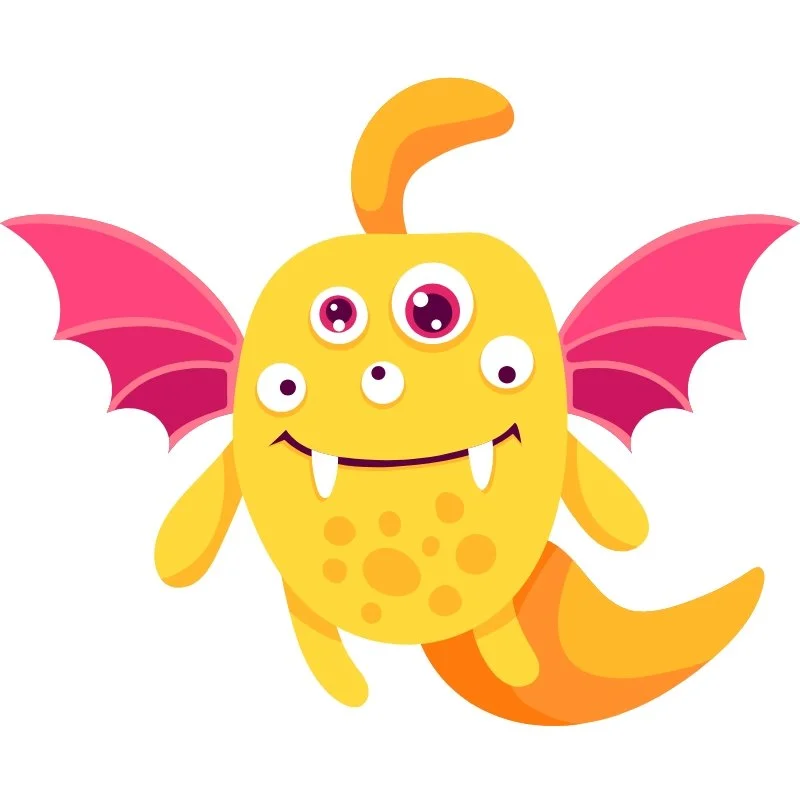Splice – The Conflicting Emotions Monster
Splice is one of the Visiting Neuro Monsters. Splice represents the inner clash that happens when two powerful emotions collide at the same time and pull you in opposite directions. Known as the Conflicting Emotions Monster, Splice embodies the tension of mixed feelings that create inner conflict, such as love mixed with anger, joy mixed with grief, or excitement mixed with fear. Within the Neuro Monsters Universe, Splice reveals how contradictory emotions can overwhelm the nervous system and make it hard to act with clarity.
The Symbolic Role of Splice
Splice symbolizes the split between competing emotional signals. Its presence shows up when you feel torn, when you cannot decide how you really feel, or when one part of you wants to move forward while another part wants to hold back. Symbolically, Splice represents the knot that forms when emotions refuse to align. By naming Splice you begin to recognize that holding two truths at once is part of being human and not a flaw.
Splice often appears as a figure divided down the middle, with one side pulling in one direction and the other side pulling in another. This symbolic image reflects how conflicting emotions stretch the self until the tension feels unbearable. When you face Splice with emotional neutrality you begin to see that contradiction can hold meaning instead of only confusion.
Conflicting Emotions in the Brain
In neuroscience terms Splice is tied to the anterior cingulate cortex, the prefrontal cortex, and the limbic system. The anterior cingulate cortex detects conflict when different emotional signals are activated at the same time. The prefrontal cortex tries to regulate and choose a response, but the competing inputs overload its capacity. The limbic system generates strong emotions in multiple directions, leaving the nervous system caught in a tug of war.
Splice symbolizes this overload where competing networks fire at once without resolution. The result is paralysis, indecision, or explosive reactions as the brain struggles to reconcile opposite impulses.
The Protective Instinct Behind Splice
Although it can feel chaotic Splice’s instinct is protective. Conflicting emotions slow down reaction so you do not rush into choices before fully processing the situation. Its purpose is to make you pause long enough to notice the complexity of your feelings. The problem comes when Splice never resolves and you remain stuck in contradiction without movement. By seeing the protective purpose behind Splice you can learn to honor the signal of complexity while guiding the system toward integration.
Training with Splice
Training with Splice means learning to hold space for mixed emotions without needing them to merge instantly. Cognitive Neuro Therapy emphasizes naming the conflict neutrally and gently exploring both sides of the feeling.
When Splice appears you can practice the following steps. Pause and notice the two or more emotions present even if they feel incompatible. Name them clearly such as anger and love or joy and grief. Take one slow breath and remind yourself that multiple emotions can exist together. Write down or speak aloud how each side feels and what it wants to protect. Then look for the shared value underneath the conflict, which often points to what matters most.
Over time Splice becomes less of a tearing force and more of a teacher of complexity. You learn that conflicting emotions are not weakness but depth. Splice becomes a reminder that clarity often emerges not by choosing one feeling over another but by integrating the truth within both.


